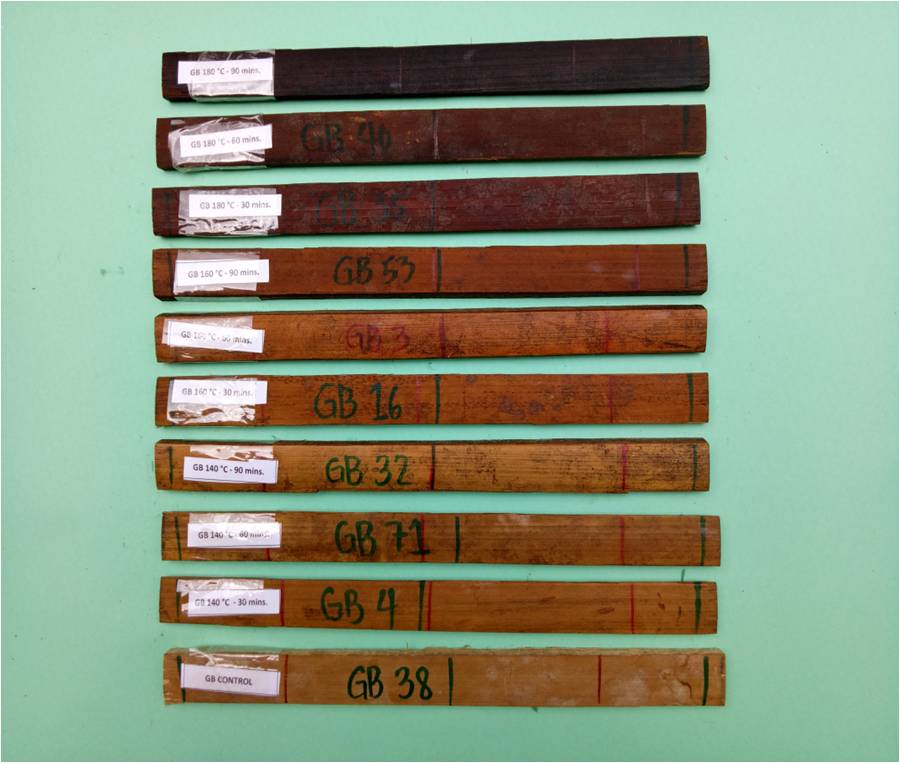Photo from DOST
By Victoria “NIKE” De Dios
Not many are aware of the common practice worldwide, that in these modern times people have always relied on synthetic chemicals to treat wood. However, many are not aware of the danger it brings using these chemicals. Chemicals are known to be toxic and can cause serious health problems like cancer, lung problems to name a few, not also to mention the harm to the environment, if not used properly.
Mindful of the dangers and health hazards that using chemicals to treat wood, our Filipino scientists from the Forest Products Research and Development Institute of the Department of Science and Technology (DOST-FPRDI) are currently looking into a process called thermal modification or TM. This thermal modification is far safer in health and more eco-friendly system of protecting wood and bamboo from insect pests and fungi.
In the statement sent by DOST-FPRDI Assistant Scientist Juanito P. Jimenez, he explained, “The thermal modification uses high heat to change the kind of chemicals present in a piece of wood. With the right amount of heat and time of exposure, the right chemical changes take place. These usually make the wood more durable as it becomes more stable [more weather-proof, less prone to swelling and shrinking] and less appetizing to termites.”
The downside of TM is that extremely high heat can affect the strength of the material and give it a darker color. The trick, according to Jimenez, is to find the right mix of temperature and treatment time that will not cause much change in wood or bamboo strength.
“TM is already being used in Europe, the US, and Canada, as well as some Southeast Asian countries like Malaysia and Indonesia, and it’s about time we check how we can apply it in the Philippines,” says Jimenez who is currently verifying the gluing and finishing traits of thermally modified bamboo in a project funded by the DOST-Philippine Council for Agriculture, Aquatic and Natural Resources Research and Development.
Jimenez and his team have also recently finished determining the physical and mechanical properties of three thermally modified bamboo species using spent engine oil as medium and they got promising results.
According to the DOST-FPRDI Assistant Scientist, he is excited about the possible applications of TM in the country’s wood-based sector.
“Although this is already a mature technology in some countries, the process needs to be studied locally since our small and medium enterprises can’t afford to buy imported TM equipment from say, Finland. And even if we can buy equipment from them, we would still need to check how various wood/ bamboo species respond to the procedure. Just like in kiln-drying, since each species is unique, we need to develop the right heat treatment protocol for each one,” he explained.
Right now, Jimenez said, the technology seems ideal for wood and bamboo meant for furniture and architectural moldings. The use of toxic chemical preservatives is usually not preferred for these products and they need the dimensional stability which the TM process can give.














